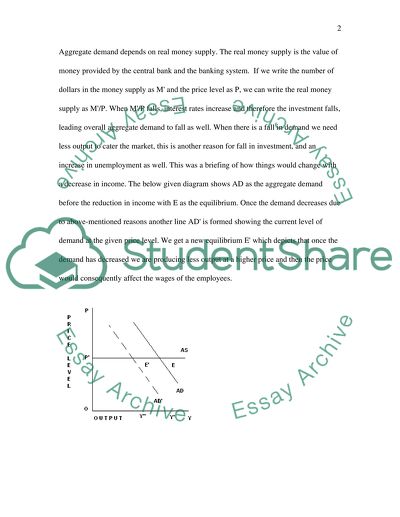Cite this document
(Role of Interest Rate in the Aggregate Supply, Classical Model Assignment, n.d.)
Role of Interest Rate in the Aggregate Supply, Classical Model Assignment. Retrieved from https://studentshare.org/macro-microeconomics/1507615-macroeconomics-keynesian-and-classical-model
Role of Interest Rate in the Aggregate Supply, Classical Model Assignment. Retrieved from https://studentshare.org/macro-microeconomics/1507615-macroeconomics-keynesian-and-classical-model
(Role of Interest Rate in the Aggregate Supply, Classical Model Assignment)
Role of Interest Rate in the Aggregate Supply, Classical Model Assignment. https://studentshare.org/macro-microeconomics/1507615-macroeconomics-keynesian-and-classical-model.
Role of Interest Rate in the Aggregate Supply, Classical Model Assignment. https://studentshare.org/macro-microeconomics/1507615-macroeconomics-keynesian-and-classical-model.
“Role of Interest Rate in the Aggregate Supply, Classical Model Assignment”, n.d. https://studentshare.org/macro-microeconomics/1507615-macroeconomics-keynesian-and-classical-model.


